Can you paint with all the colors of the wind?
I play my share of mature titles—those games that allow you to romance a crew member, or to blow up someone’s skull with a well-placed sniper shot, or those that give you choices between who lives and who dies, and so on. I love all of those games very much, but sometimes I forget about the lighthearted experiences just waiting to be played. The Last Tinker: City of Colors is an example of a delightful game that’s fun to play even if it lacks any of the bolder features to hook an adult audience.
In this tale you play as Koru, the titular Tinker who lives in the Outer District, an area of the city where colors freely mix. The rest of the city is split into Red, Green, and Blue districts whose populations all stay separated from each other due to tensions rising between them. The game starts on the day of a big festival and race, but an upset during the competition results in Koru’s familiar Tap, a piñata-like animal who acts as a guide, getting grievously injured.
During the night, a spirit awakens Koru and offers to help Tap and save the world from the color infighting. Unfortunately, after being deceived, Koru unwittingly sets the Bleakness upon the City which sucks the color and life out of everything it touches. Thus, it is left to him to right this wrong and his true abilities as a Tinker develop and aid him in his quest.
It doesn’t take a brain surgeon to realize that all this exposition about colors is a commentary on our real-world problems with accepting other cultures, races, and varying demographics. The plot, however, is not preachy at all and seeing how people come together during the 7-hour tale is surprisingly endearing. I found it odd that the plotline about the Tinkers themselves got dropped. As lovely as the story is, you’d think the idea in the game’s title would manifest in the conclusion—just a thought.
What’s immediately apparent as you begin this quest is that the City of Colors is just gorgeous. Although the overall design is clearly skewed towards a younger audience, the visuals themselves are created with much more care than your typical Pixar movie tie-in. Every object appears to be made from papier-mâché or cut out from corrugated cardboard, and the colors are painted with a fat brush across their surfaces. It’s a very painterly environment, which enhances the colors-oriented plot even further.
Gameplay in this platformer is nothing unfamiliar, though it is more of a mishmash of elements from games you’ve played before, at least in the beginning. Koru can jump by running towards ledges, use directional buttons to coordinate crowd control fighting tactics, and ride rails. The land is also filled with crates to punch for health and crystals, the game’s currency for unlocking combat upgrades.
Initially, it's funny that Koru can solve the world’s problems with his fists, but as he gains more color powers, the overall gameplay becomes more complex than that. Green powers allow him to scare enemies into running away, sometimes off ledges or into spiky cardboard plants, avoiding direct combat completely. Later on, blue powers can stun enemies with sadness, allowing Koru to eliminate them with an attack from behind. These enhancements make combat in the final sections of the game less rote as you dispatch enemies without using more bombastic powers like you would in other games.
Each also assists in solving puzzles and finding secrets and there’s a strange mushroom creature Koru can utilize to navigate the terrain. The adult version, Biggs, can pound giant buttons when touched with red, run and smash everything in its path with green, and drop tears in the form of bleakness-clearing seeds when afflicted with blue. The smaller version, Bomber, explodes and can be thrown like a grenade or in enemy-clearing tantrums respectively. Although the mushroom creature is a clever and creative mechanic, his sentience and overall cuteness make him disturbing to leave behind when you no longer need him or worse when he is expended in a special cannon firing sequence and a later boss fight.
Not content to leave things so simple, The Last Tinker offers additional noteworthy gameplay twists like a stealth section through a guarded tower, an orchestra conducting event, a crime investigation, and other cheerful touches to keep things interesting. The environments also hide golden, floating paintbrushes which the player can collect for Rob Boss, a famous artist in the city, to unlock concept art and special modes.
For Mimimi Productions’ first PC release (previous development efforts were made on iOS), the developer is entering the fray strong. While the game lacks some of the stronger story beats or super-refined combat, it remains strongly developed and interesting to play. I found myself surprised by the charm The Last Tinker oozes at every step, be it the breathtakingly colorful visuals or the varied and exciting soundtrack.
And if I may go on a tangent, I’d like to express that sometimes it’s awesome just to play a fun game now and again. I still adore mature, deep storylines and becoming a combat god by the end credits, but the heart of play is present here at every step. When you want to take a break from gritty realism, blood spatters, and gun wielding, you definitely won’t go wrong with The Last Tinker: City of Colors.
-
Super charming tale about accepting differences and working together
-
Actual Tinker plotline mysteriously ignored
-
Eyeball candy graphics
-
Lively, varied soundtrack
-
Mishmash of familiar gameplay elements from other games
-
Color powers lend a nice twist on combat and puzzles by the end
-
Well-embraced sense of play
-
Lack of mature themes to court "hardcore" crowd
-
Cute mushrooms creature hopelessly abandoned or worse
The Last Tinker: City of Colors
-
The Last Tinker: City of Colors #1
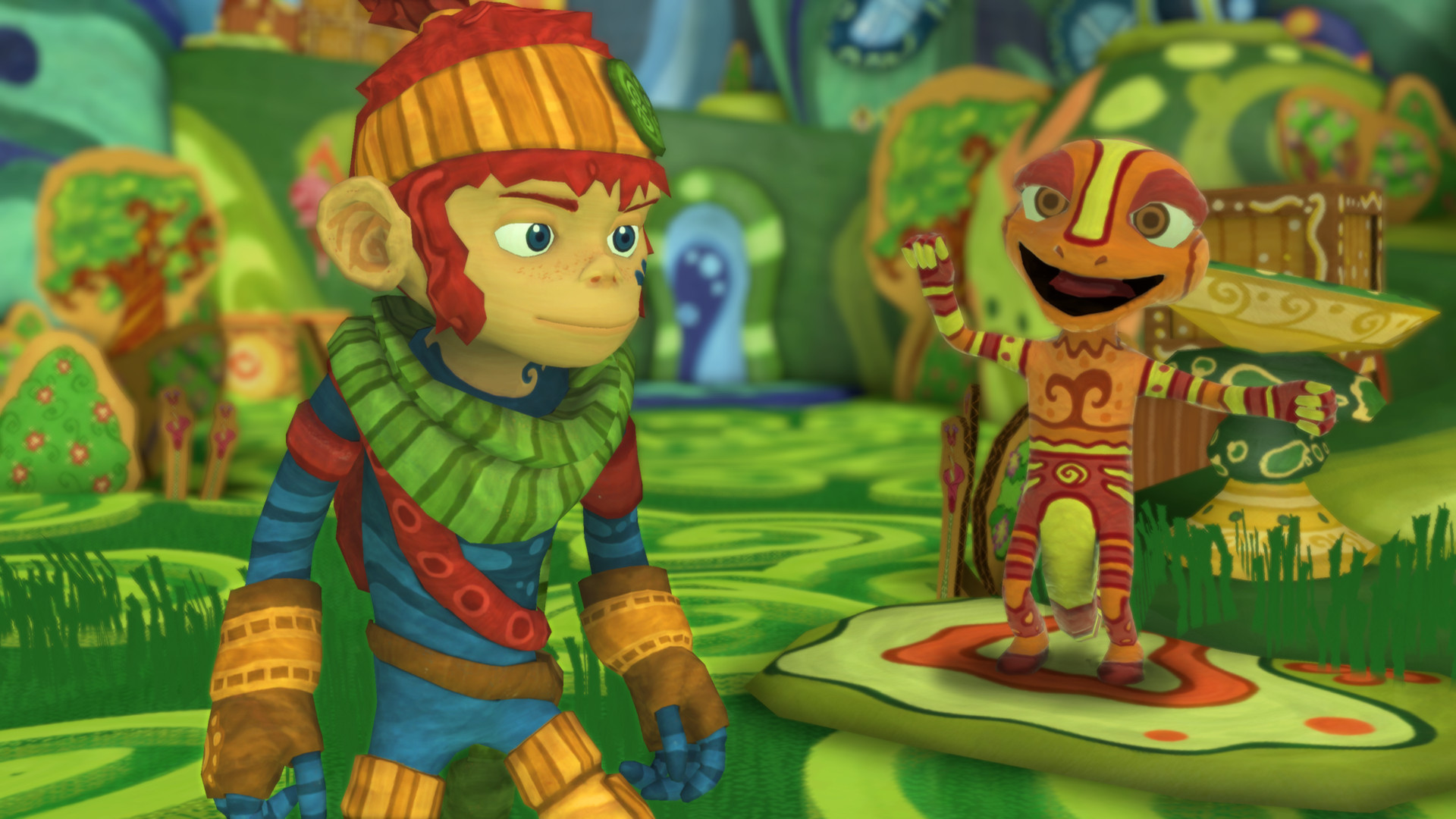 [Click image for full-size]
[Click image for full-size] -
The Last Tinker: City of Colors #2
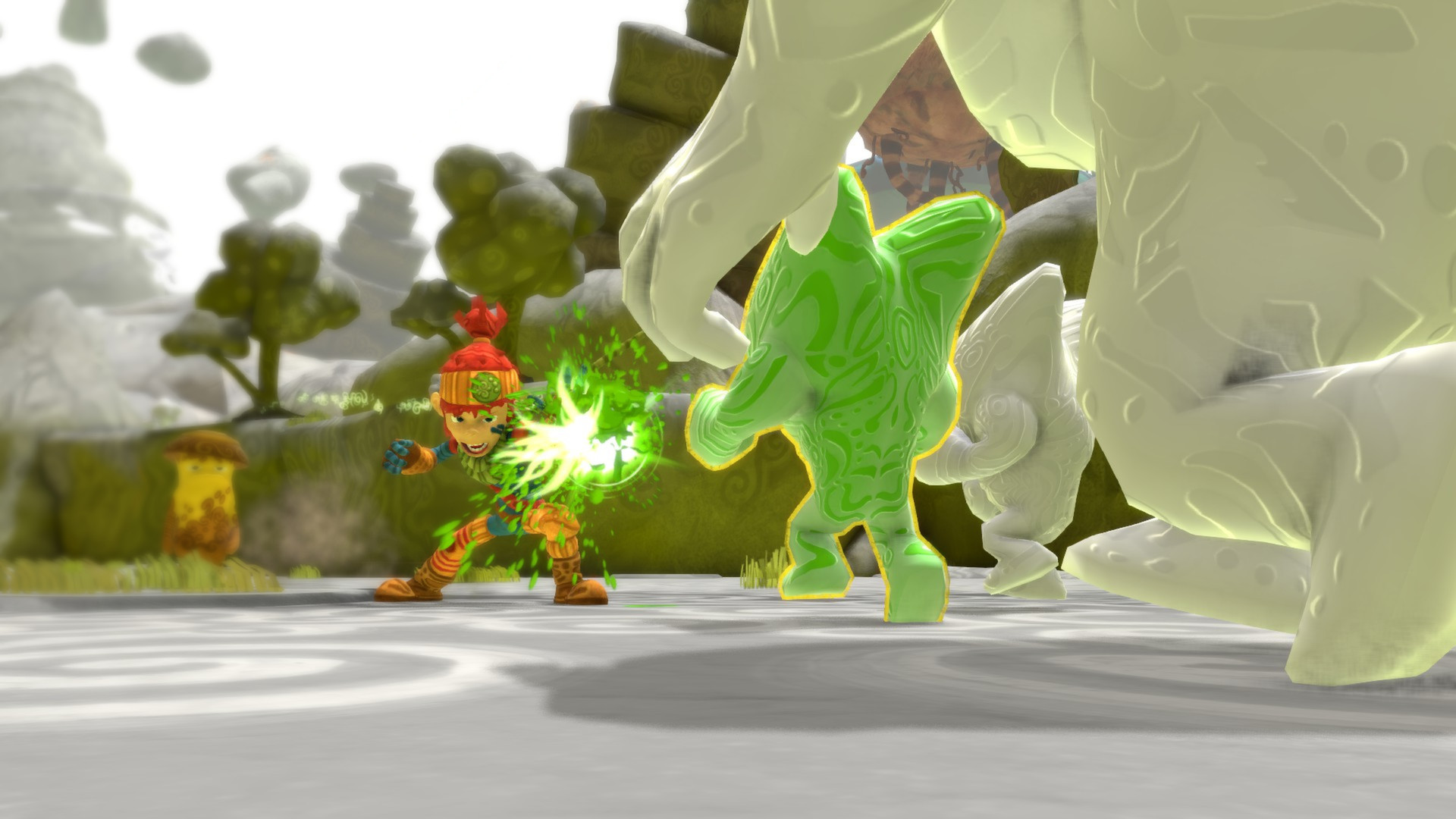 [Click image for full-size]
[Click image for full-size] -
The Last Tinker: City of Colors #3
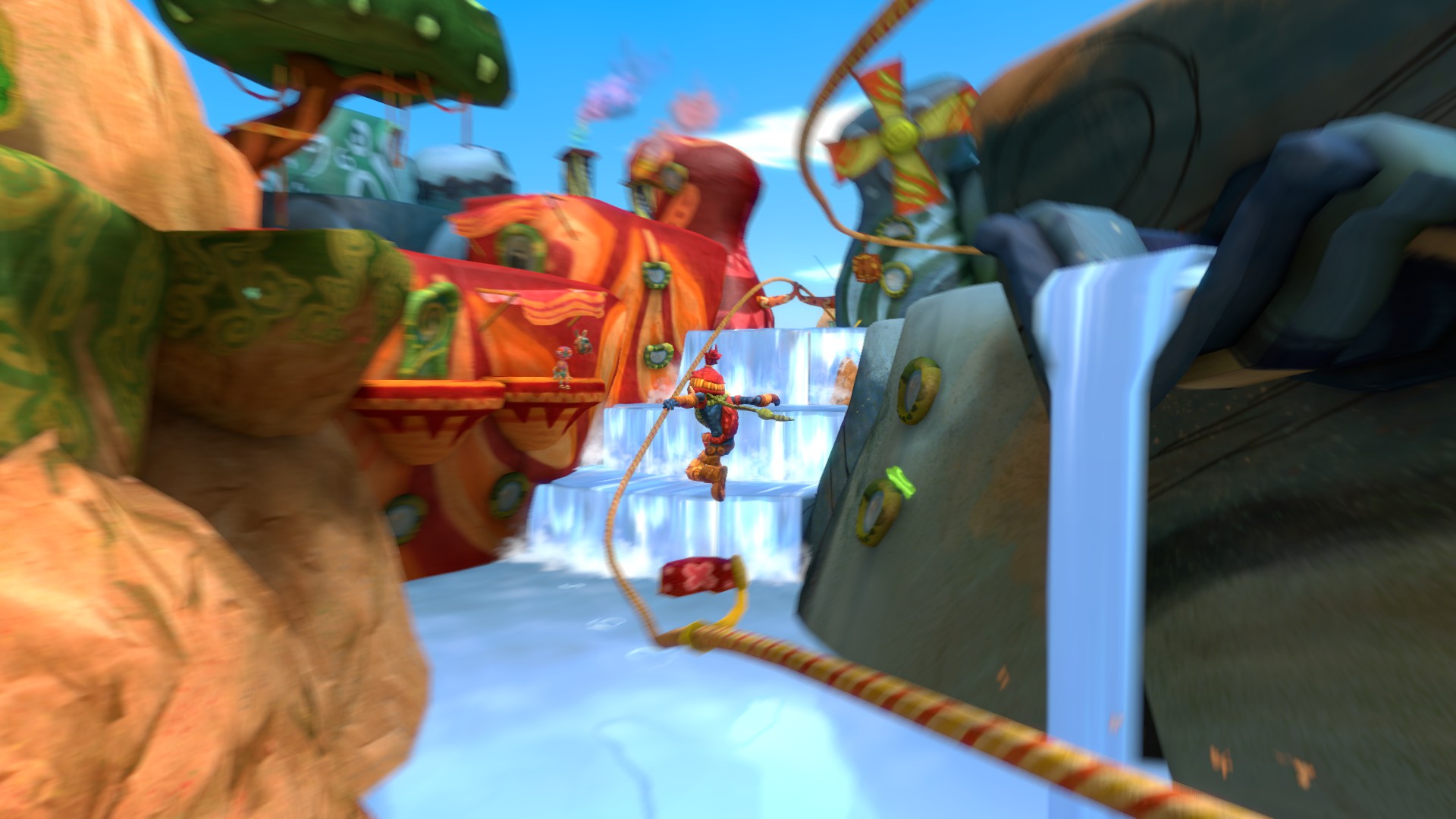 [Click image for full-size]
[Click image for full-size] -
The Last Tinker: City of Colors #4
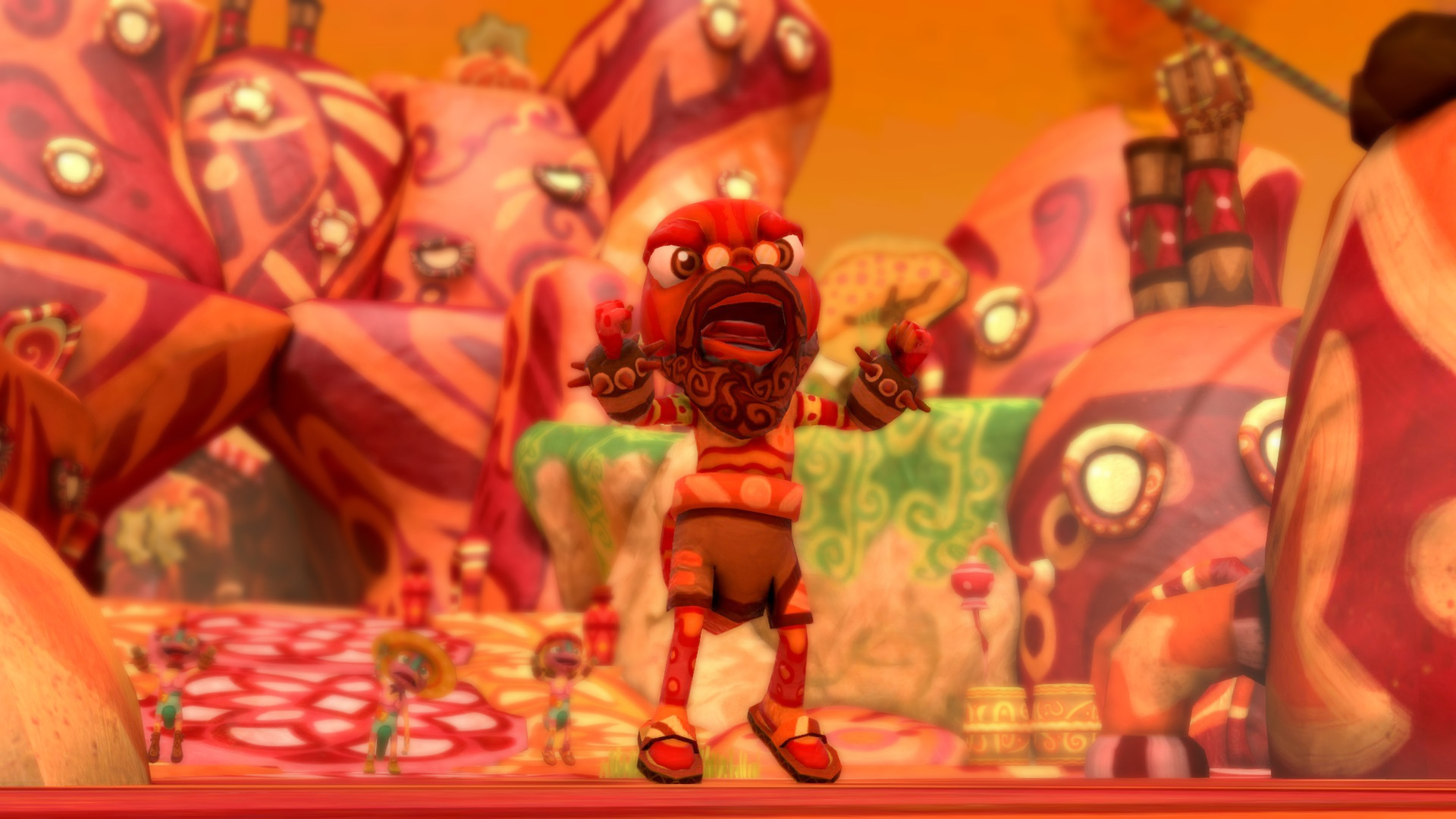 [Click image for full-size]
[Click image for full-size] -
The Last Tinker: City of Colors #5
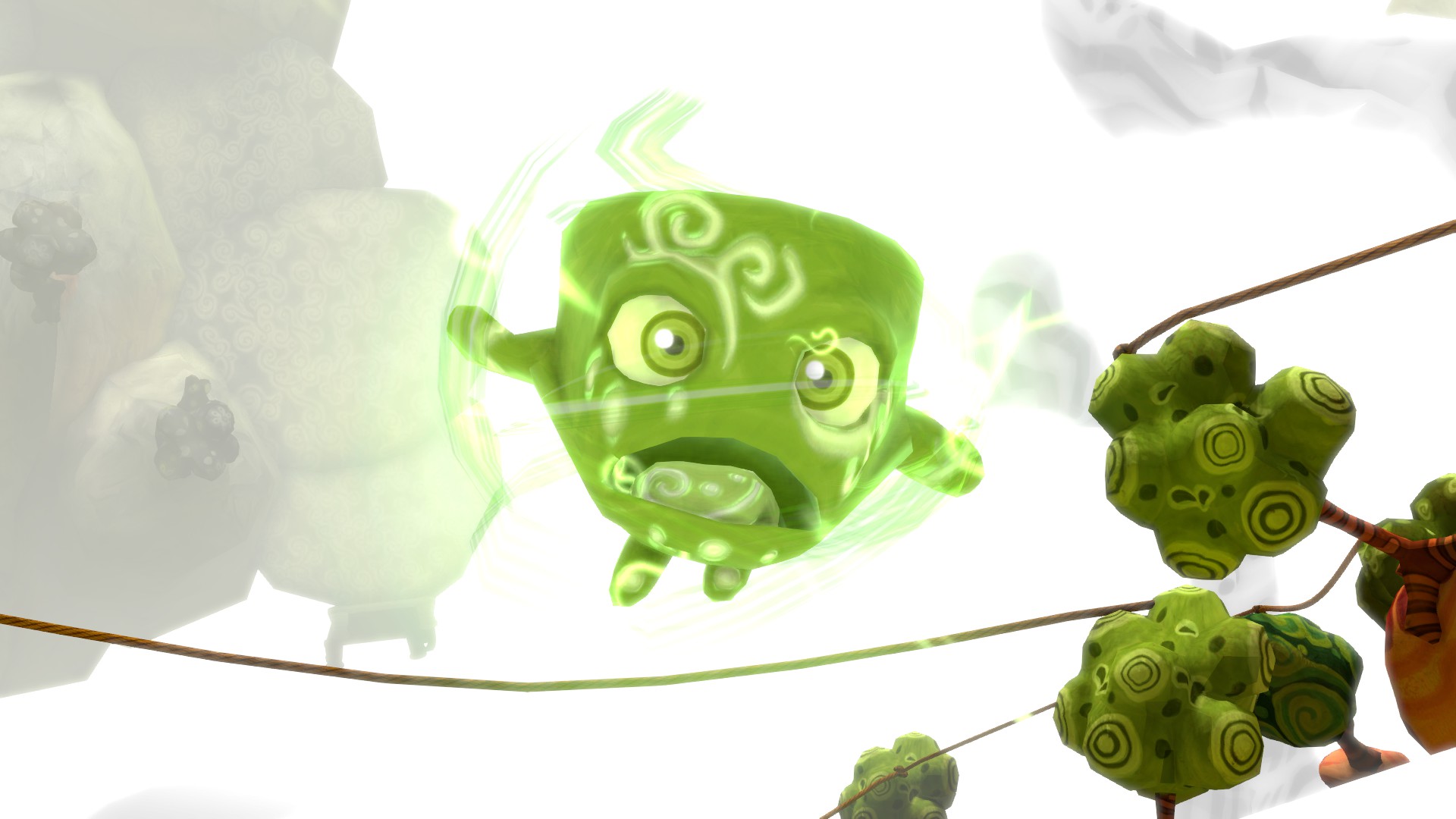 [Click image for full-size]
[Click image for full-size] -
The Last Tinker: City of Colors #6
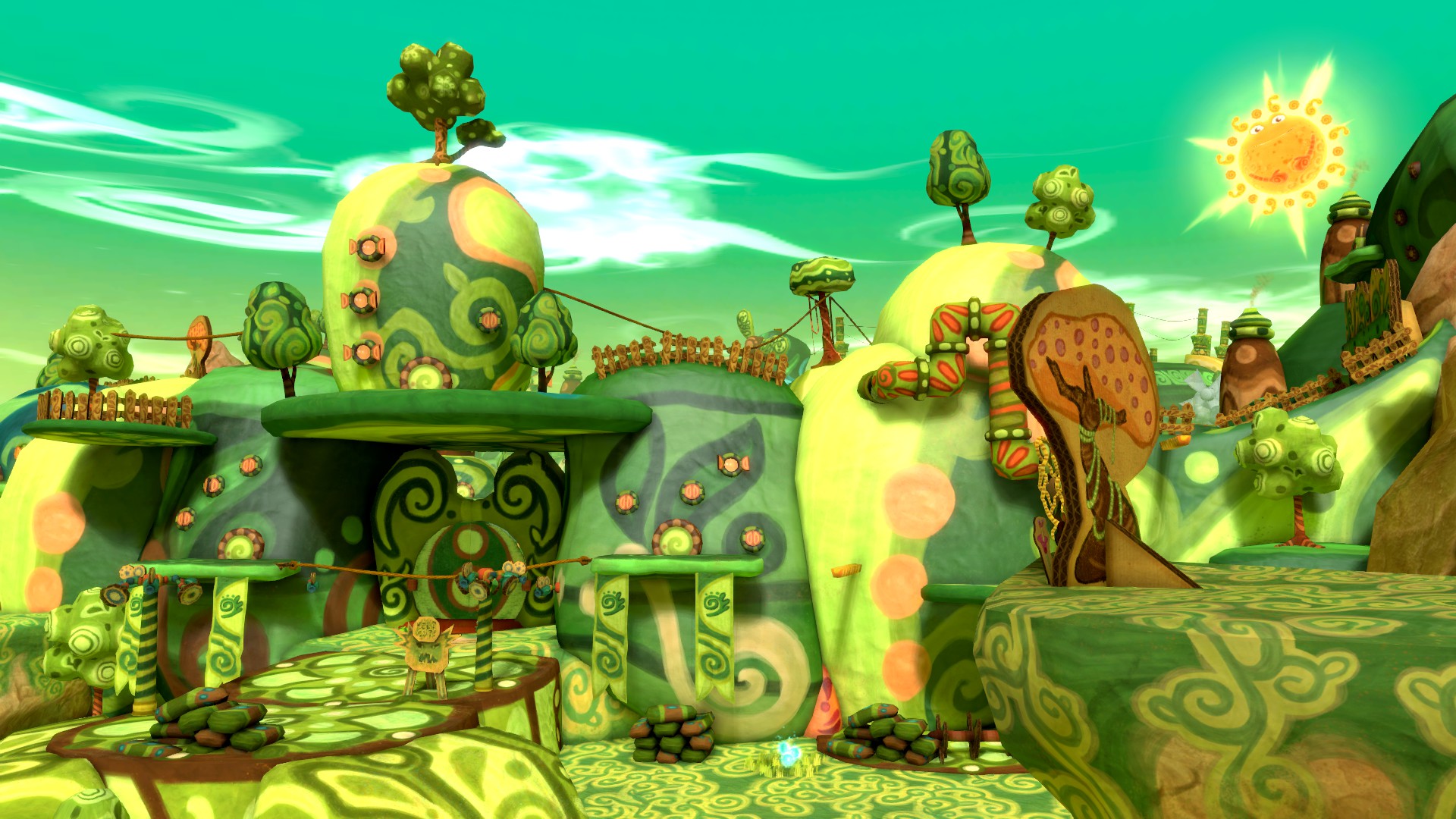 [Click image for full-size]
[Click image for full-size] -
The Last Tinker: City of Colors #7
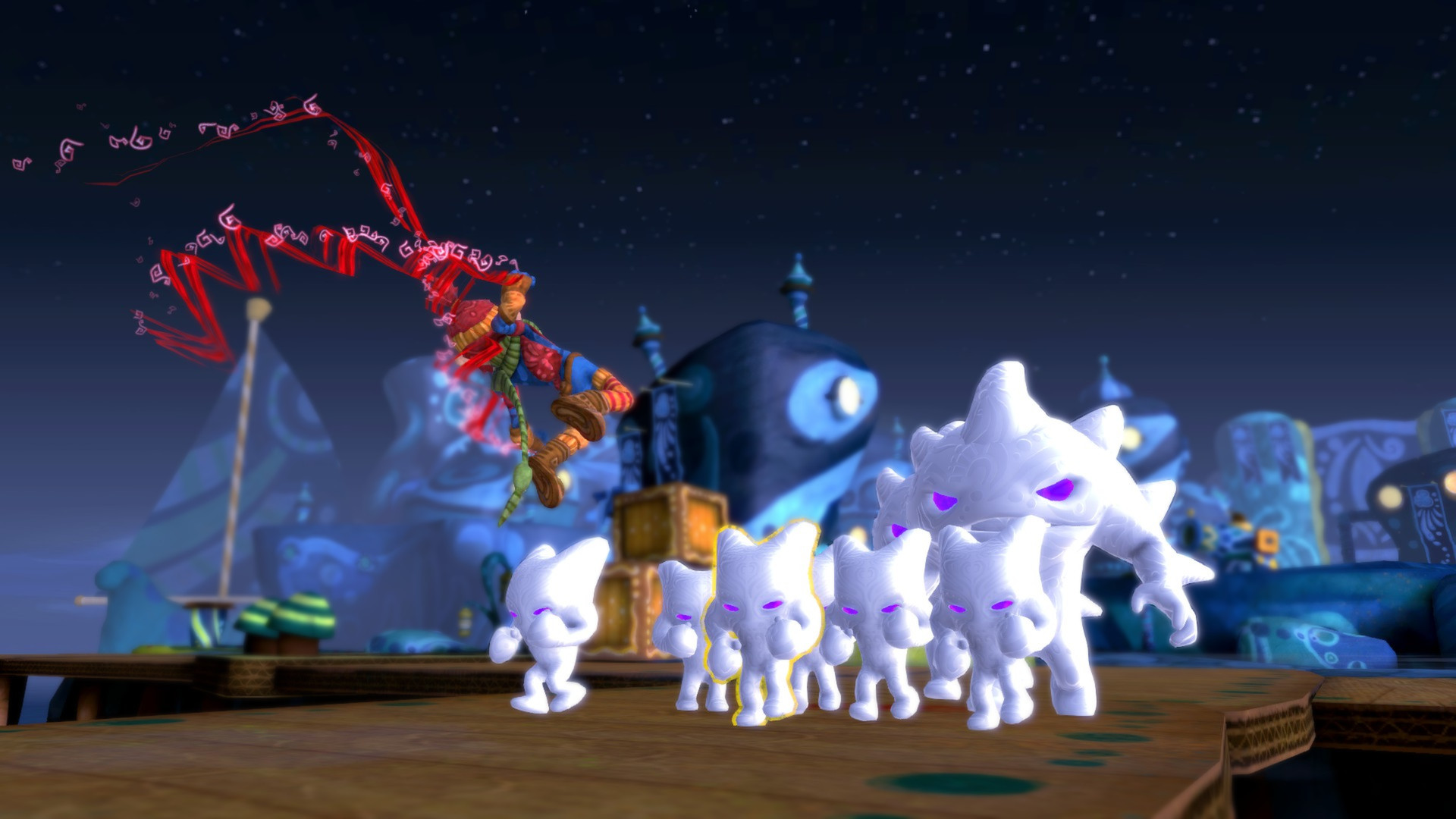 [Click image for full-size]
[Click image for full-size] -
The Last Tinker: City of Colors #8
 [Click image for full-size]
[Click image for full-size]







